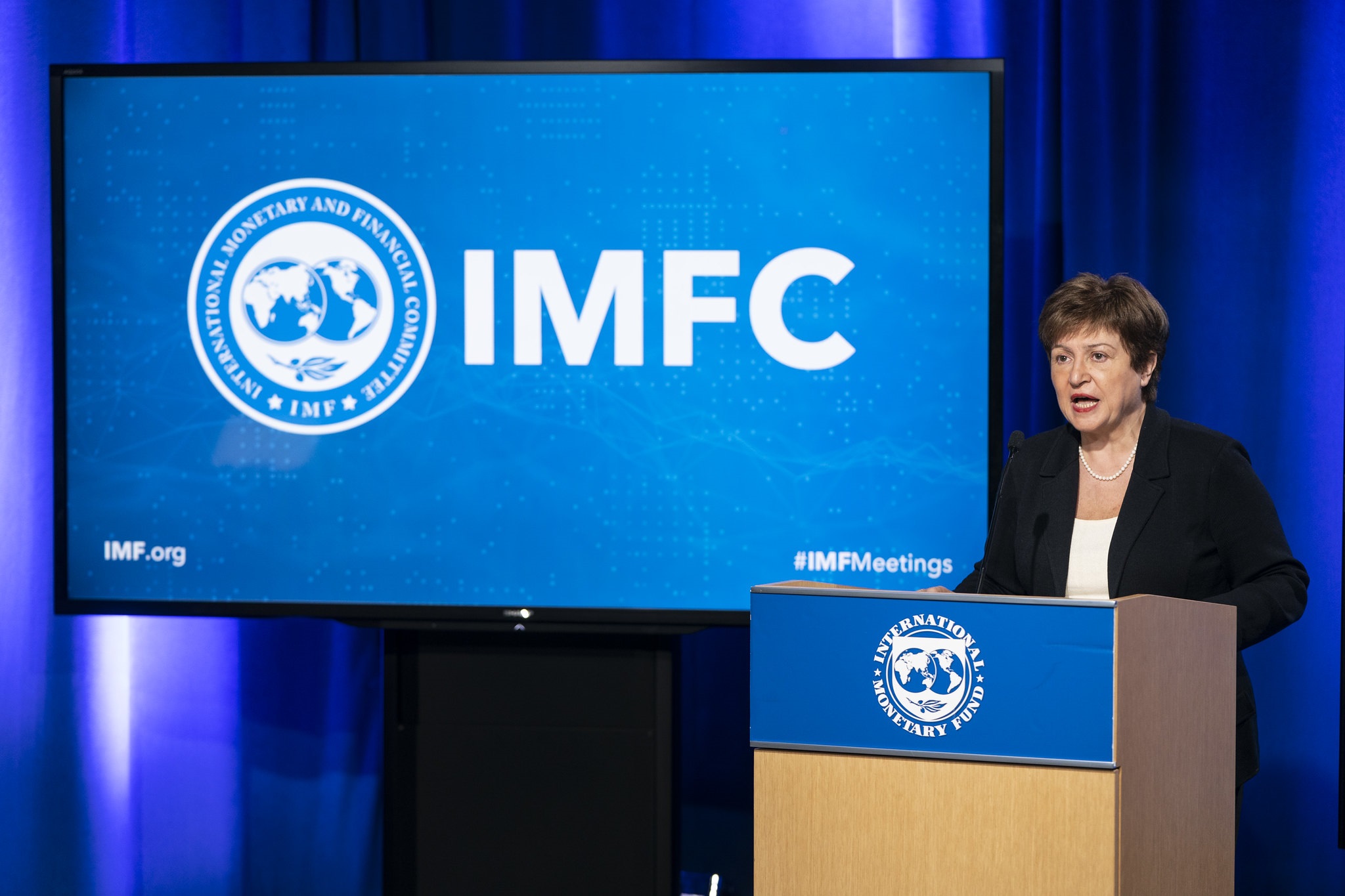- ASRY Awarded 2024 RoSPA Gold Medal in Health and Safety
- BP ponders shifting focus away from renewables, say sources
- QatarEnergy enters 10-year naphtha supply agreement with Japan’s ENEOS Corporation
- The International Energy Agency expects oil demand growth to slow in 2024
- The International Monetary Fund re-selects Kristalina Georgieva as its director
- Libya to target producing 1.4 million b/d by end 2024
- TotalEnergies launches the Marsa LNG project and deploys it multi-energy strategy in Oman
- H.E. Minister Al-Kaabi: Demand for oil and gas will continue for long; we have to be responsible, and Qatar is doing its part
- Egypt to stop exporting LNG starting from the beginning of May 2024
- QatarEnergy selects Nakilat to own and operate 25 conventional LNG vessels

World Bank: Global debt to exceed $257 trillion

Reports from the World Bank and the International Finance Corporation indicate that the global debt size is expected to increase to its highest level to $ 257 trillion in the first quarter of 2020, including government debt that will reach $ 70 trillion. This explains the rise in the size of debt by a decline in interest rates and an increase in borrowing from governments and non-financial companies.
Low interest rates around the world made it easier to borrow for companies, individuals and governments, which led to higher debt volumes. The international corporation warns that failure to pay may put pressure on the economic environment.
It is worth noting that the Institute of International Finance, a global association consisting of a group of financial institutions, was created by 38 banks from the leading industrial countries in 1983 in response to the international debt crisis in the early eighties of the last century.
On the other hand, the World Bank and the International Monetary Fund are working together to support the efforts of low-income countries to achieve their development goals without building up excessive levels of debt. This work is structured through the Debt Sustainability Framework (DSF), and experts use a tool called Debt Sustainability Analysis (DSA) to assess individual countries.
To facilitate debt management in low-income countries, a multi-donor trust fund (DMF), has been established to support the expansion and acceleration of the implementation of the World Bank Group Management Program in Low Income Countries.










